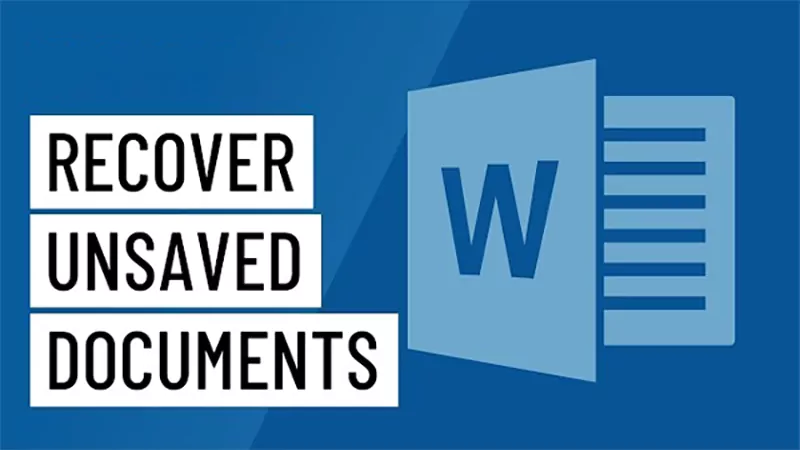Outdated technology will cause unnecessary delays and frequent errors, which will reduce both speed and accuracy and affect your workflow.
Why Outdated Technology Is Wrecking Your Workflow

Ever try to upload a big file on a laptop that sounds like it’s about to take off? Or wait for an ancient desktop to boot up while your coffee cools and your patience runs out? If so, you’ve seen firsthand how old technology isn’t just annoying. It’s a drag on everything you do.
In this competitive market, being efficient and moving fast with the updated technology has become a necessity to meet the client’s and market requirements. Every second that will be wasted waiting for such delayed operations can be utilized in a better place. Updated technology can allow you to work efficiently and build effective workflows that will make it easier to do the same task in less time.
Ready to advance your workflow? Read this article that shares the reasons why outdated technology is wrecking your workflow and how to fix it.
Key Takeaways
- Outdated technology directly affects your productivity and workflow efficiency.
- Delay in processing clients’ tasks may reduce your business value in the market.
- Automation for most of the tasks can get the same work done in less time.
- Outdated technology also increases the chances of getting your systems hacked.
What Happens to Your Workflow When Speed Isn’t Optional
The real pain of old tech hits hardest when deadlines loom. In the modern workplace, speed isn’t a luxury. It’s the baseline. Teams are expected to handle larger workloads, tighter turnarounds, and global collaboration, and all this needs to be on time. When your tools can’t keep up, the whole operation falters.
This is where the ability to optimize content production workflow for speed becomes critical. Whether you’re a marketing team running campaigns, a creative agency editing high-definition video, or an e-commerce shop managing thousands of product images, your tech stack determines how quickly you can move. If your storage is slow, your network unstable, or your software outdated, your people spend more time waiting than working. That’s not a workflow. That’s a roadblock.
Speed also shapes perception. Clients notice it whenever their tasks are late or communications are delayed. Getting the work done on time shows professionalism and builds trust. A slow one can change your image in the market — even if your people are working overtime to make up for the tech drag. The difference between the two often comes down to whether your systems are built for today’s demands or still stuck in yesterday’s specs.
Why Efficiency Isn’t Just About Buying New Gear
Upgrading isn’t always about throwing money at the problem. Yes, new devices and faster networks help. But technology only solves part of the equation. The other part is how you use it.
Start by auditing your systems. Map out your workflow. Where are the slowdowns? Maybe your editing team is bottlenecked because files live on a single external drive. Your team might be using various platforms to track projects. Maybe your storage is fragmented across devices and cloud accounts, making it hard to find the correct file at the right time.
By identifying these weak points, you can make smarter choices. Sometimes a small change—like moving active projects to an SSD instead of a hard drive—cuts render times in half. Sometimes consolidating tools reduces the number of logins and duplicate files. In other cases, automating repetitive tasks saves your team hours every week.
Think of it as upgrading the way you work, not just what you work with. That’s the real key to building a faster, more resilient workflow.
The Real Cost of Doing Nothing
Sticking with outdated technology doesn’t just slow you down. It increases stress and burnout. People get frustrated when tools don’t work. They stay late to finish tasks that should take minutes. They lose focus when they have to wait for files to load. Over time, that frustration kills creativity and morale.
And as more industries shift toward hybrid and remote work, this gap only widens. Teams that invest in modern tools are faster, more agile, and more competitive. Teams that don’t fall behind—not just in output but in reputation. In a crowded market, being seen as slow or unreliable can cost you clients, contracts, and even talent.
We’re also living in a time of constant change. Cloud platforms update monthly. File sizes balloon. Security threats evolve. If your systems can’t adapt quickly, you’re always playing catch-up. That’s not just risky. It’s exhausting.
Building a Future-Proof Workflow
So how do you fix it? Start with an honest assessment of your tech. List every tool, device, and platform your team uses. Ask how old it is, how often it fails, and how much time it costs. Then prioritize upgrades based on the biggest pain points.
Focus on systems that directly impact your ability to deliver work quickly. Fast storage. Reliable networks. Updated security software. Tools that integrate with each other to reduce double-handling. This isn’t about having the flashiest gadgets. It’s about building a solid foundation that supports your team under pressure.
Next, train your people to use those tools effectively. A shiny new platform won’t help if no one knows how to use it. Provide clear processes, shared folders, and naming conventions. Encourage habits that reduce clutter and confusion. Efficiency isn’t just a product of technology. It’s a culture.
Finally, keep an eye on the future. Technology moves fast. So should you. Schedule regular reviews of your systems. Retire old tools before they become liabilities. Build flexibility into your workflow so you can pivot when demands change.
Interesting Fact
A study by Dell Technologies claimed that businesses lose 545 hours per employee in a year due to outdated technology.
Why This Matters More Than Ever
Right now, the speed of technology isn’t slowing down. AI-generated content, real-time collaboration, and 8K video editing are pushing workloads to levels unheard of a decade ago. Clients expect turnaround times measured in hours, not days. Consumers expect flawless digital experiences. The gap between teams who can deliver and those who can’t is widening.
If you’re still working on outdated systems, you’re not just falling behind—you’re training your competitors to beat you. The sooner you invest in better tools and smarter workflows, the sooner you’ll stop playing defense and start moving ahead.
Conclusion
Technology should support you, not slow you down. When it does, work becomes easier, faster, and less stressful. Deadlines shrink without panic. Creativity flourishes. People get their evenings back. That’s what modern tools and processes are supposed to deliver.
Your workflow is only as strong as the systems behind it. Stop treating technology upgrades as optional. In today’s world, they’re essential. The difference between a team that thrives and a team that scrambles isn’t talent or effort—it’s the tools they’re using and how well they’re built for the job at hand.
By moving past outdated tech, you’re not just making work faster. You’re making it better.
Frequently Asked Questions
How can outdated technology affect your workflow?
How to figure out that the tech is outdated?
You will experience that your systems are performing slowly and require maintenance more often.
Should small businesses look to upgrade their technology?
Yes, many affordable solutions are available in the market that can be adopted by small businesses.
Why is speed becoming the priority of every business?
Because every client organization requires its work to be done in less time, not achieving so may reduce their cost and value in the market.
How to recover unsaved Word documents? Someone recently asked me this on social media, and I found that a lot…
Real-time verification speed determines whether email validation operates seamlessly within user workflows or creates delays disrupting experience and conversion rates.…
Microsoft reported– Power BI is prevalent, with 97% of Fortune 500 firms adopting it in record numbers. The reality is…
There are significant differences between marketing today and what it was in the past. In those days, marketing firms focused…
A few weeks ago, a friend lost his photos and some important files from his iPhone 13. He immediately called…
As someone who has worked closely with data sets and analytics, I have seen how disorganized data can limit even…
If you have started learning about data, you must have come across the terms “discrete” and “continuous” data. But what…
How to connect a Windows PC to Apple devices, like iPhone or Apple TV? You may think of AirPlay, but…
Consumers are surrounded by more marketing messages than ever before. According to a recent report, there are over 27 million…






